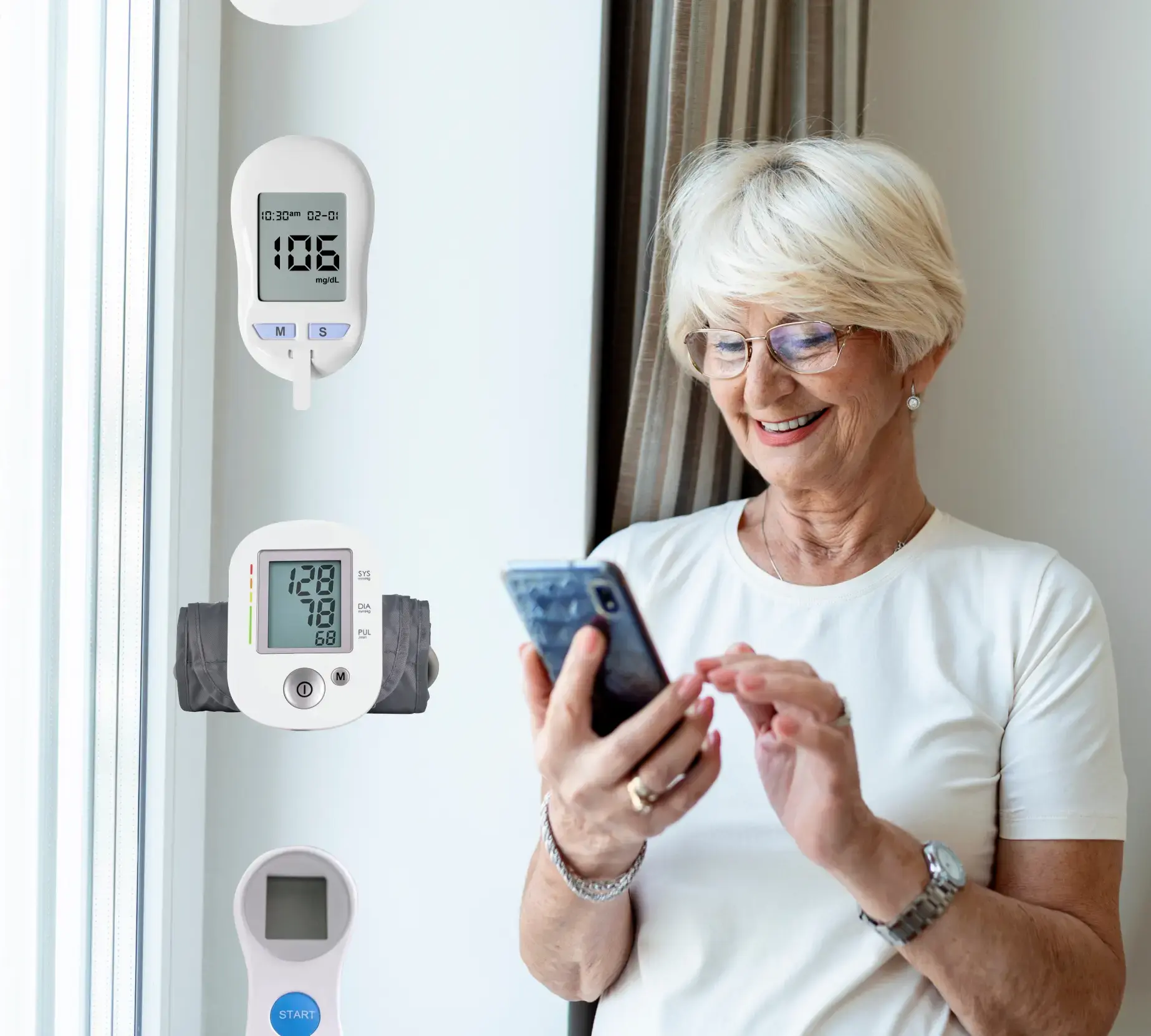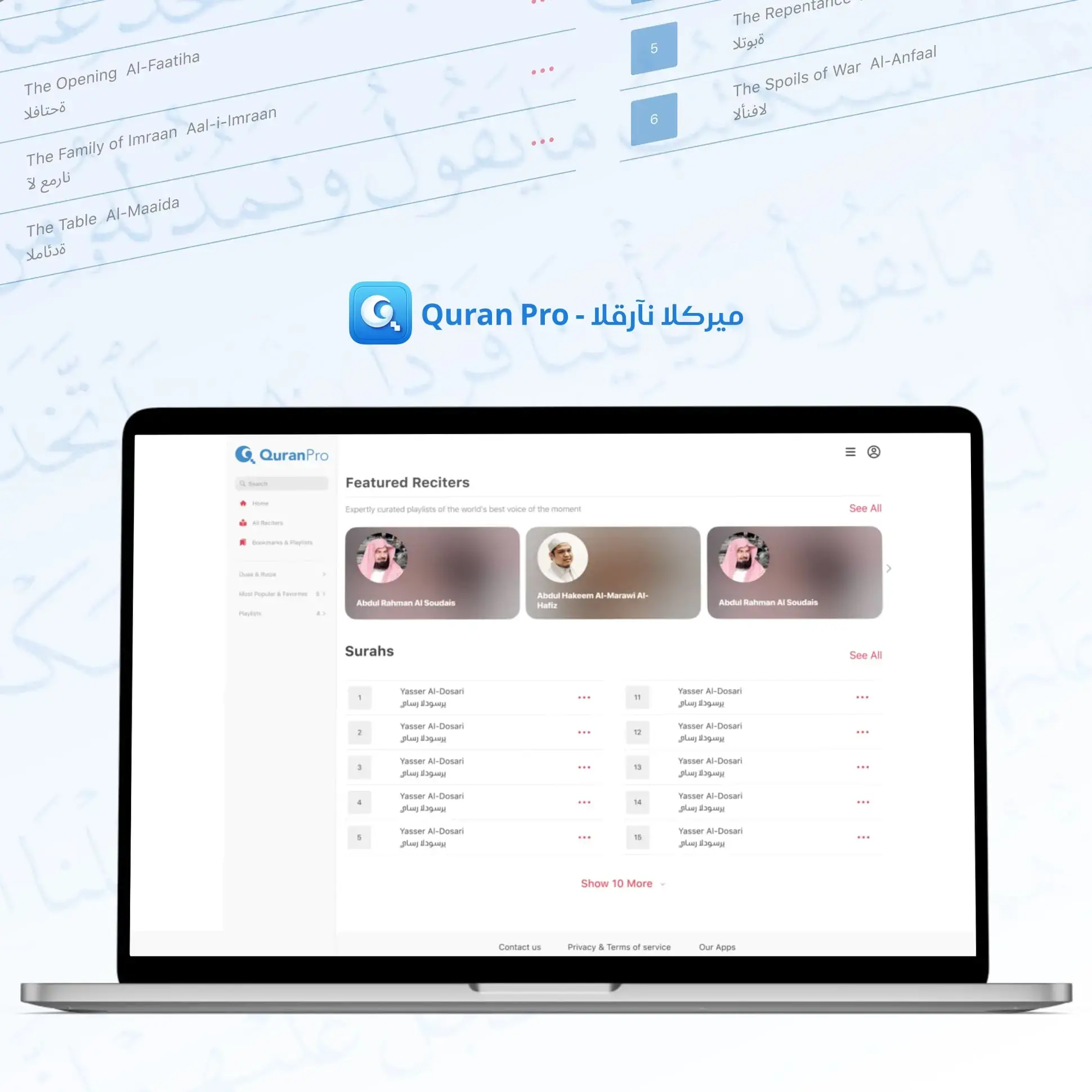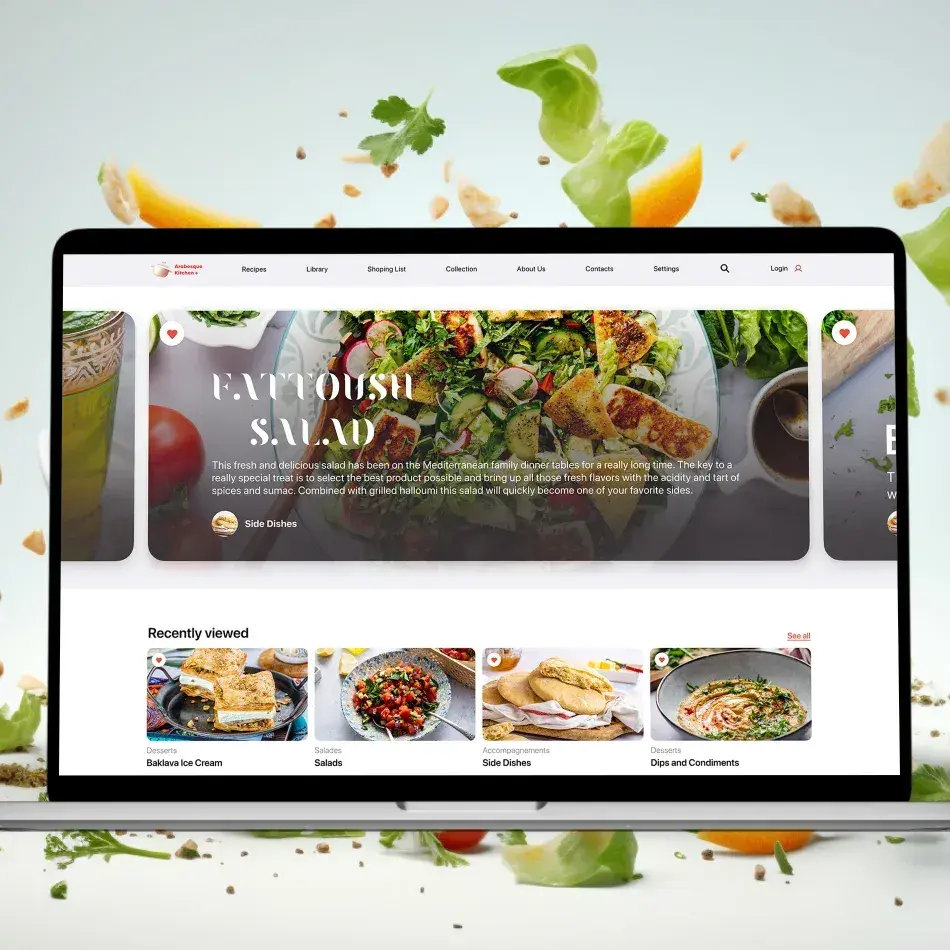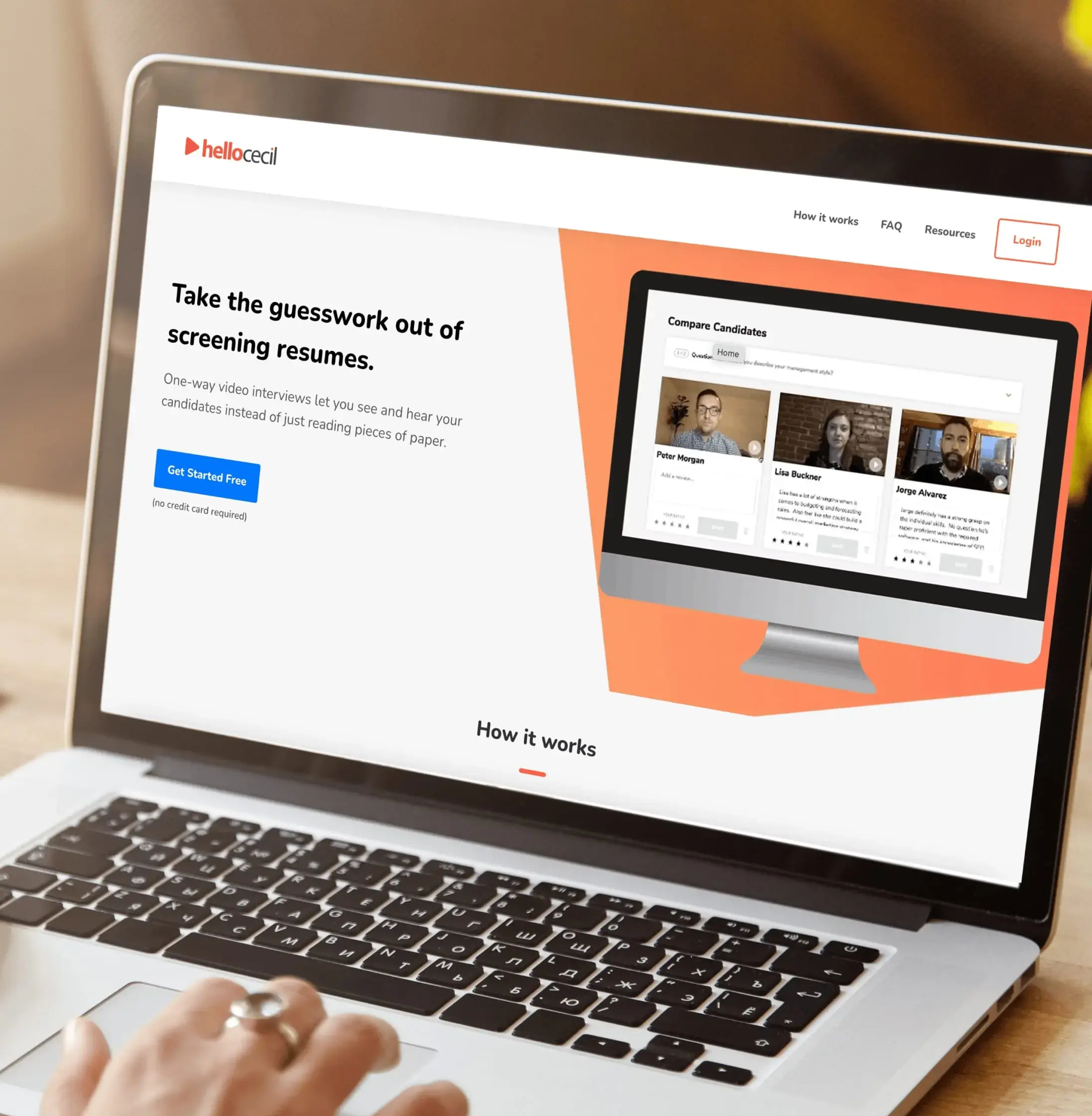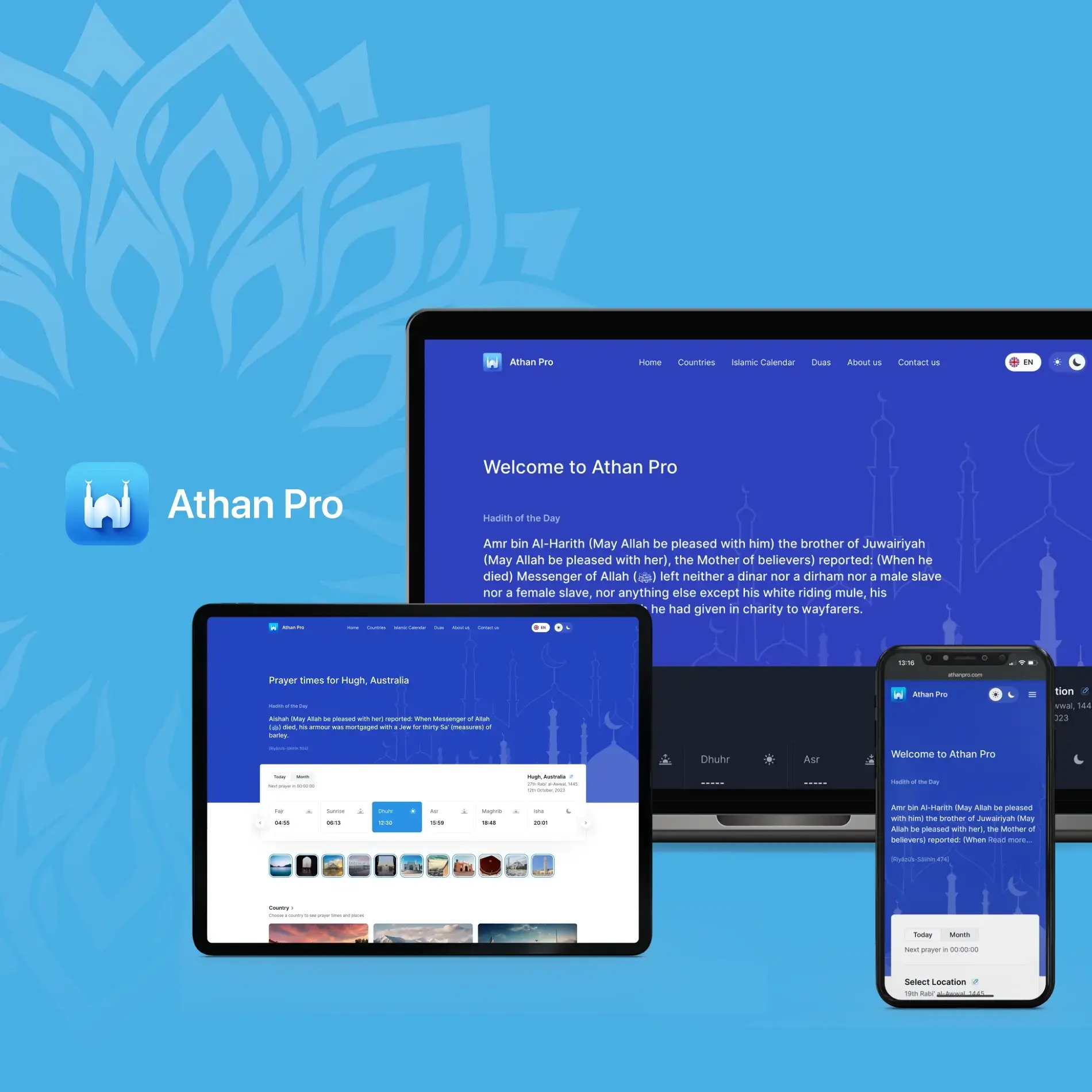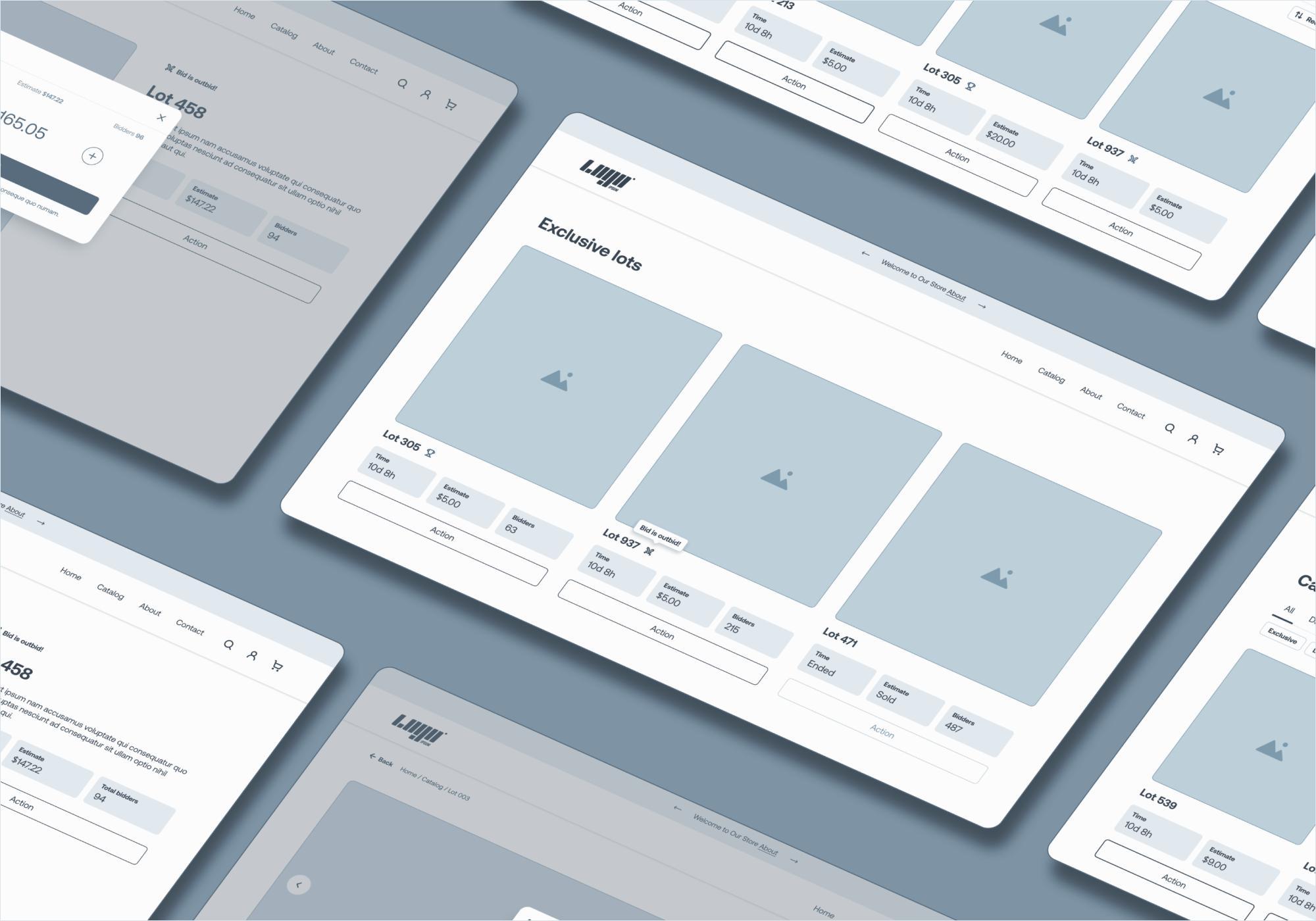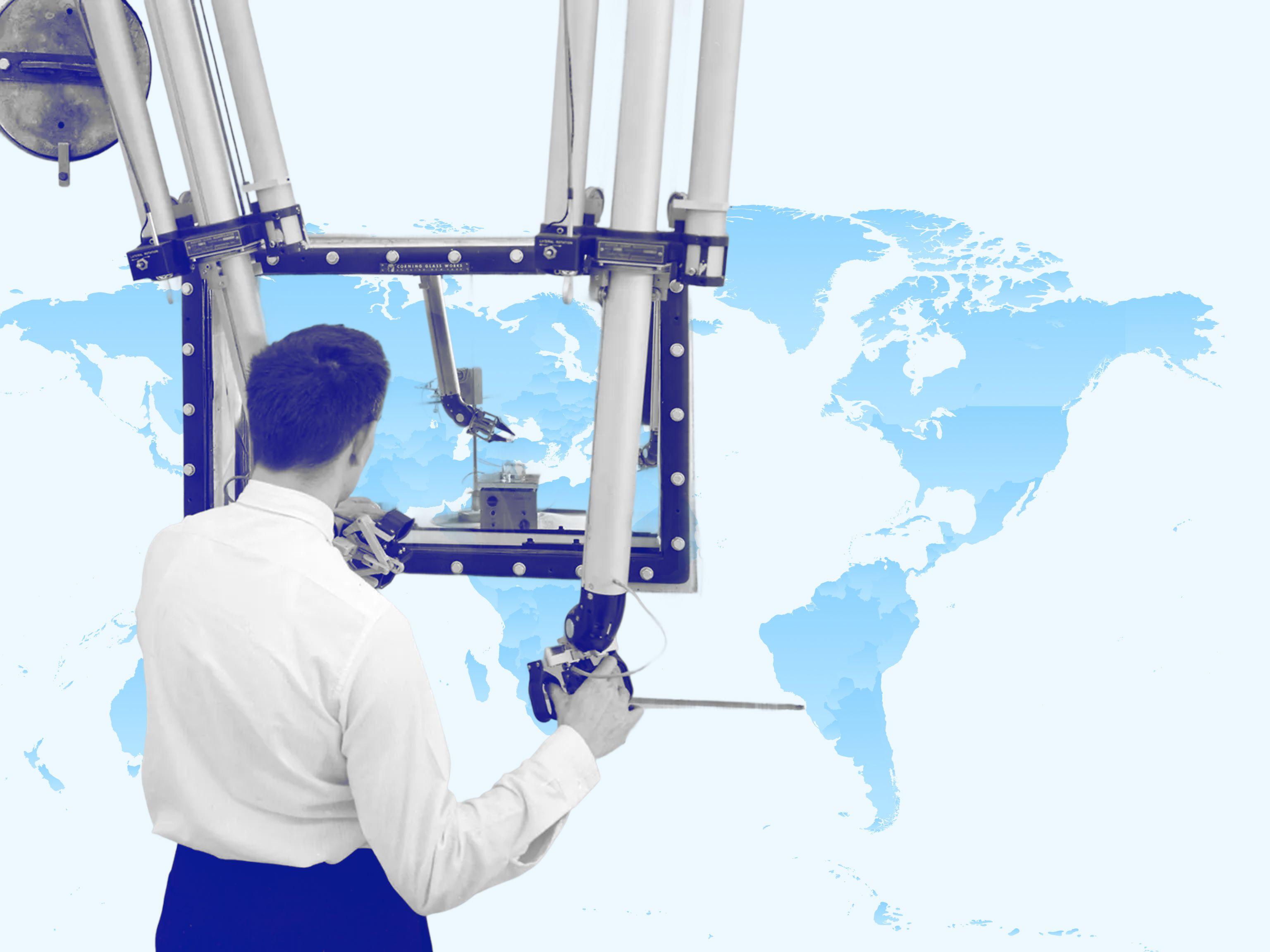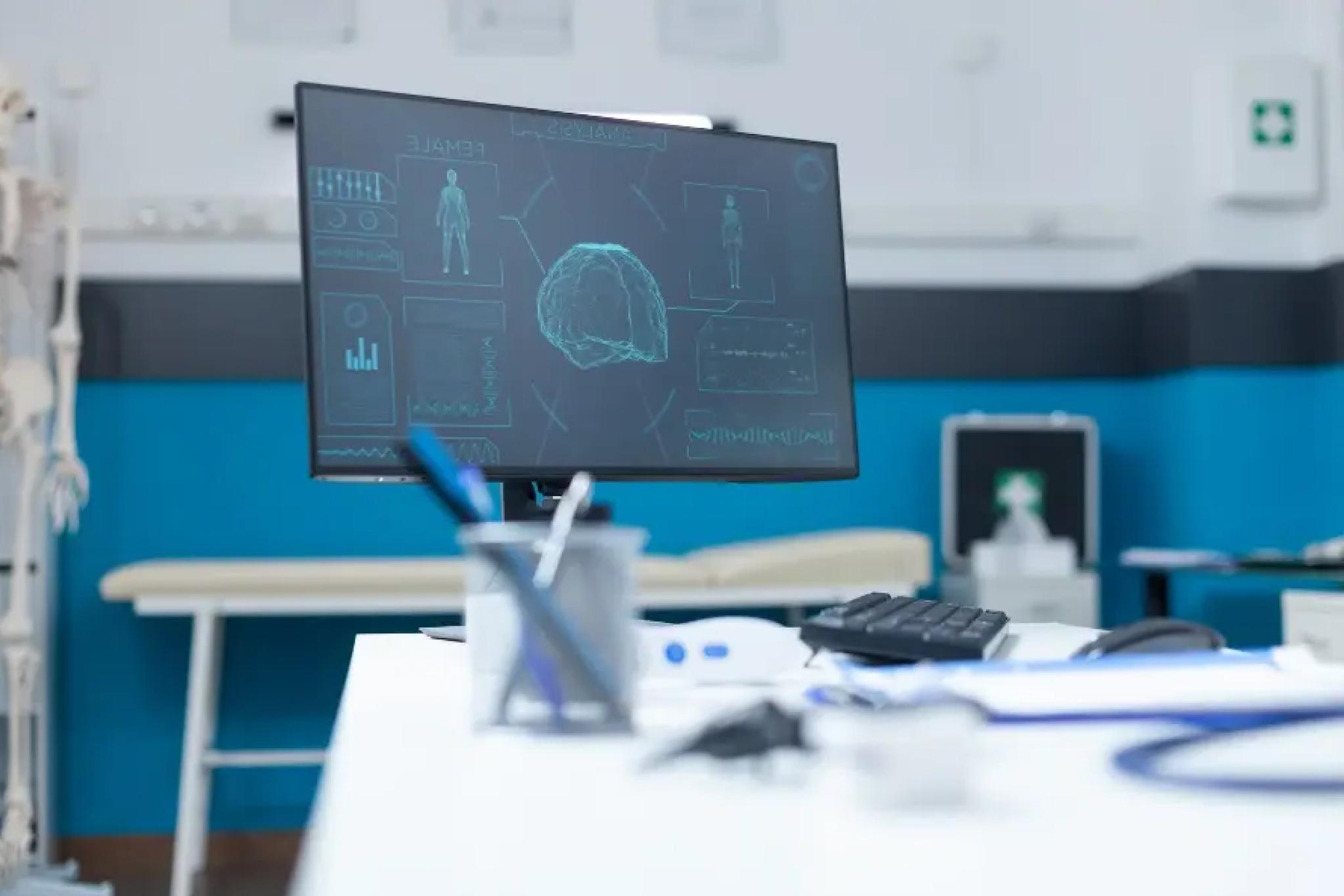
- Cloud Development
- Healthcare Software
- SaaS
- Web Development
Healthcare App with IoT & AWS: Case Study
Explore abundant services and features in our groundbreaking healthcare app development case study, offering valuable insights and ideas.
May 9, 2024 | Updated on December 23, 2025 | 10 min

Shuhrat Berdiyev
Full-Stack Developer at JetBase
Our Cases
Innovation isn’t just about ideas - it’s about execution, turning vision into reality, and creating solutions that truly make an impact. See what we’ve built and how it works:
- HealthCare
- Media & Entertainment
- eCommerce
- Amazon Web Services
- Cloud Cost Optimization
- Serverless Application
- Retail
- HealthCare
- Media & Entertainment
- eCommerce
- Amazon Web Services
- Cloud Cost Optimization
- Serverless Application
- Retail

